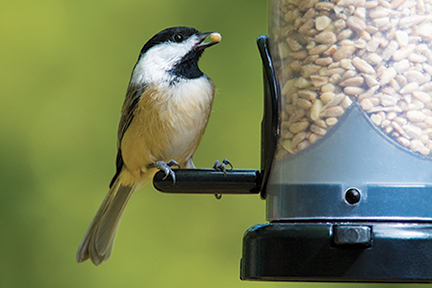
Create a Thriving Habitat for Birds with Native Plants
Native plants and insects have coexisted for eons, forming the foundation of our ecosystem. Countless types of insects use specific native plants as food sources during their caterpillar stages and their adult stages. When these native plants are replaced with undesirable ones (such as turf grass), insect populations crash, as do the bird populations that count on insects as food for their nestlings.
A plant is native if it has occurred naturally in a particular region, ecosystem or habitat without human introduction. Native plants provide shelter and nesting areas for birds, as well as natural sources for nectar, seeds, berries and insects.
Native Plant Facts
- Native plants typically grow healthier and stronger than non-natives.
- Native plants are low maintenance, requiring less watering, fertilizer and pesticides.
- Native plants assist in managing rainwater runoff and maintain healthy soil as their root systems are deep and keep soil from being compacted.
For you, native plants add a wealth of beauty, texture, varying heights and bloom times, providing a stunning display over multiple seasons. For birds, native trees and plants are home to caterpillars and other insects, which provide food for nestlings.
Visit the store soon to learn more about native plants and what they can do for you, your yard and your birds. Then, tune into the latest episode of the Nature Center Podcast: Native Plant Program & Perks. Does it matter where you source your native plants? It turns out—yes, it does. Brian is joined by Mary Phillips, Head of Habitat/Native Plant Impact & Certifications for the National Wildlife Federation, to explain why. They dig into native plant trends, the importance of sourcing responsibly, and what keystone plants are—plus how they benefit both birds and people. Click the link on the left side of this page to tune in!

